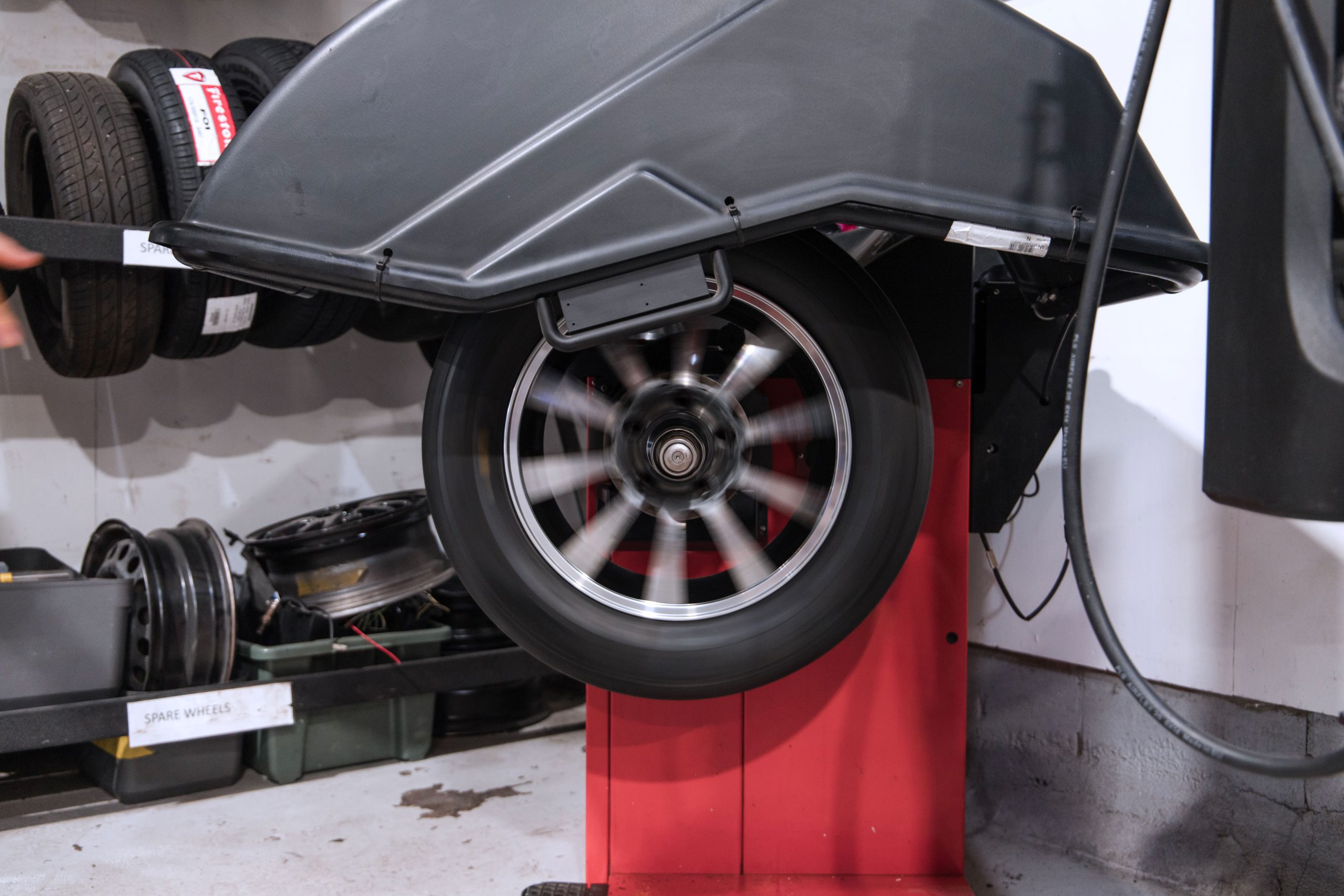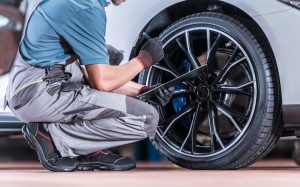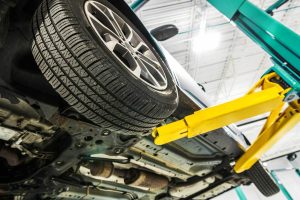Tyre Service
Car Tyre Car Package – $170 including GST
At Roskill Auto Mechanical, we offer comprehensive tyre services including pressure checks, balancing, rotation, and alignment to help you drive confidently and smoothly. Book your tyre service today and stay safe on every journey.
Book a Tyre Service Auto Mechanical ServicesCar Tyre Care Service Includes:
Our tyre service includes:
- Tyre Pressure Adjustment: Ensuring all tyres are inflated to the manufacturer’s recommended levels for driving conditions, performance and fuel efficiency.
- Wheel Balancing: Balancing all four wheels to promote even tyre wear and a smoother ride.
- Valves: Checking for damaged valve stems or caps
- Tyre Rotation: Rotating tyres as needed to extend their lifespan and maintain balanced handling.
- Wheel Alignment: Aligning wheels to the correct angles to prevent uneven tyre wear and improve vehicle handling. A final alignment report is provided.
- Tyre Replacement: Checking for damage or wear to your tyres.
Contact the experts at Roskill Auto Mechanical to book your tyre check or rotation.
Frequently Asked Questions
Our package includes:
- Adjusting tyre pressure to manufacturer’s recommended levels
- Wheel balancing on all four wheels
- Tyre rotation as needed
- Wheel alignment with a detailed final report
Contact the experts at Roskill Auto Mechanical to book your tyre check or rotation.
Driving on worn or poorly maintained tyres poses serious safety risks. We recommend checking your tyres every six months or every 8,000 kilometres for average drivers.
Book a tyre check if:
- You’ve recently purchased a used car
- Your vehicle isn’t handling or gripping the road as expected
- You notice vibrations, noises, or squeaking from tyres, wheels, or axles
All vehicles on New Zealand roads must meet Waka Kotahi NZTA standards. This includes a minimum tyre tread depth of 1.5 millimetres to ensure safety and legal compliance. We recommend having your tyres regularly checked by experts to stay within these requirements.
Tyre sizes are marked on the tyre sidewall, usually in a format like 205/55R16. This means:
- 205 is the tyre width in millimetres
- 55 is the aspect ratio (height as a percentage of width)
- R16 indicates radial construction with a 16-inch wheel diameter
Always check your vehicle manufacturer’s recommendations to ensure you select the correct size.
In addition to regular inspections, book a tyre check if you:
- Have purchased a used vehicle
- Experience handling or grip issues
- Notice vibrations or unusual noises
- Hear squeaking from tyres or axles
Tyre replacement depends on condition, driving habits, and environment. Although tyres may last up to ten years, regular checks and maintenance are the best way to extend their life safely.
Book Your Tyre Service Today
For professional tyre checks, servicing, and replacements, get in touch with Roskill Auto Mechanical today.
Call us now at 09 242 1870 or email us at [email protected] to book your electrical service. or visit our contact us page.
Book Now



